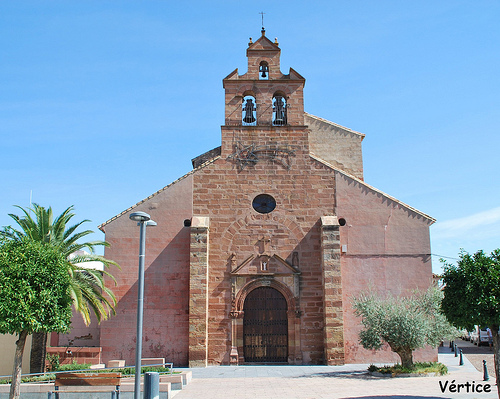
CHURCH OF NUESTRA SEÑORA DE LA ASUNCIÓN
- 0
Placed in the Plaza of Andalusia, more known as " The walk ". The origin of the temple reaches the first quarter of the 14th century. It was ordered to construct for the bishop Fernando Gutiérrez of the Rivers. There preserves the original plant of three ships, being these separated by round arches. Also, the ships preserve the original props of rectangular form in his major foreheads and half a columns in the minors worked in stone molinaza of the zone.
With posteriority the temple fixed up in the 16th century the major chapel being added by his Gothic vault of tercelets and moldurado triumphal arch, something pointed. During the 18th century and being bishop Caballero and Góngora, there are realized the vaults of edges of three ships by plaster-works of late rococo. To emphasize the great plate with recalls, vegetable motives, and San's Pedro emblems that it stays on the triumphal arch. Also in the 18th century, there are leaned to the lateral ships the chapels of rectangular plant covered by vaults of half a cannon. Carmen mentions, for his originality, to the chapel of the Virgin of adorned with culebreantes typical moldings of the riverside zone of the Guadalquivir.
In the last reform realized in the eighties of the 20th century, existing burials appeared, under the temple, under the lateral chapels.
In the prebisterio, one finds the Baptismal Battery where Holy Rafaela Maria received the sacrament.
Judging by the documentation contributed by Jose de la Torre and of the Hill several altarpieces existed in the XVIth and XVIIth century. The altarpiece mas ancient, existing at present, it is that of the chapel of the Souls, which should be had raised in the 19th century. The rest of the altars are later to the Civil war. In the central altarpiece there coexist classic and baroque elements, illuminating in the attic a very interesting relief of the Cruxifición. The Major Altarpiece is presided by Our Lady of the Asuncion, flanked by the images of Holy Catalina and San Pedro.

0 Reviews